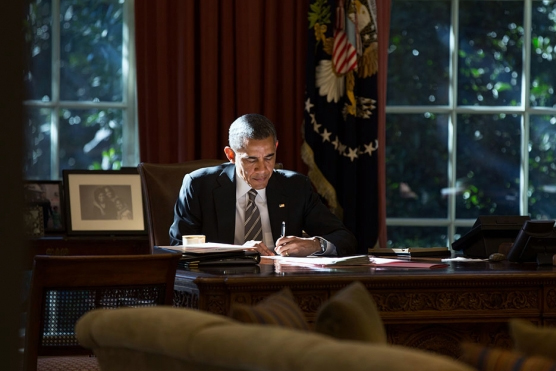

According to several polls, President Obama’s approval rating since the beginning of this year has been under water – with more people disapproving than approving of the president’s performance by margins of -1 to -14 percentage points.
Given this “unpopularity,” pundits presume that the president will be a drag on Democrats in the upcoming election. The logic is so straightforward, it hardly seems worth discussing.
Yet, there are other poll results that suggest the president’s popularity may have multiple dimensions. For example, while a CNN poll conducted Jan. 31-Feb. 2 found Obama’s approval rating a net negative, 45% approve to 50% disapprove, a question in the same poll found a solid majority of Americans saying they wanted Obama’s policies to succeed rather than fail.

According to these results, Obama’s popularity is either a net negative of -5, or a net positive of +24 percentage points.
Both questions, of course, are quite vague, leaving poll consumers much room to interpret the results as they wish. And both questions have some biased wording problems.
The approval rating doesn’t differentiate between people who disapprove because they don’t like what the president wants to accomplish, and others who may disagree because they like the president’s goals but think he hasn’t been successful in achieving or implementing them (the roll-out of the Affordable Care Act, for example).
The policies question is also a bit biased, I think, because it uses harsh language – succeed or “fail.” Some people may shy away from saying they want the president to “fail.” Probably a less stark approach would be to ask whether people “support” or “oppose” the president’s policies.
Whatever the nuances of the questions, they elicit quite different results about the president’s popularity, and whether or not candidates will be hurt by being associated with Obama’s agenda.
This example is yet another reason to question the validity of polls that used “forced-choice” questions to create “public opinion.”

